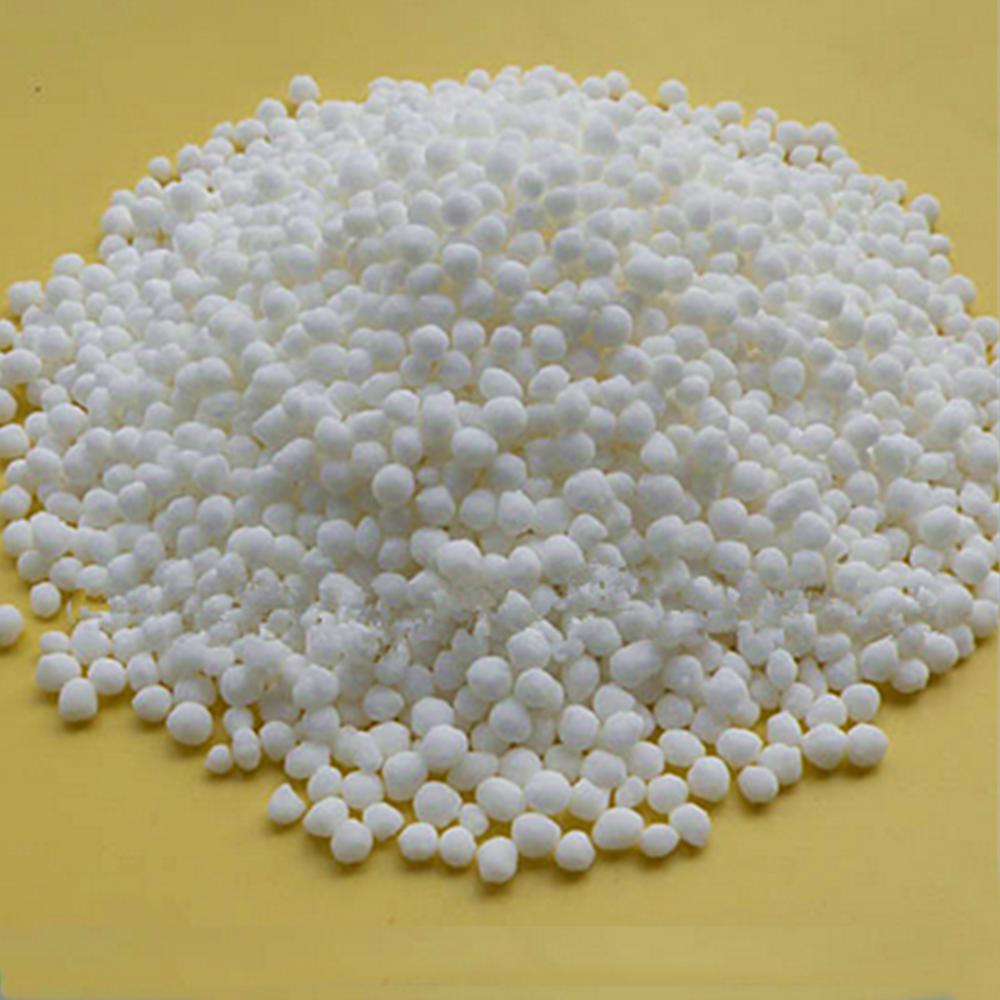



Preparation Methods for Potassium Ethyl Xanthate and Its Applications in Chemistry
Preparation of Potassium Ethyl Xanthate
Potassium ethyl xanthate (PEX) is an important chemical compound widely used in various industrial applications, primarily in the fields of mining and rubber processing. As a powerful collector in the flotation process, it enhances the separation of valuable minerals from their ores. The preparation of potassium ethyl xanthate involves a series of chemical reactions that transform readily available raw materials into this valuable compound.
Raw Materials
The preparation of potassium ethyl xanthate typically begins with the selection of suitable raw materials. The primary components required for the synthesis of potassium ethyl xanthate include ethyl alcohol (ethanol), carbon disulfide (CS₂), and potassium hydroxide (KOH). Ethyl alcohol acts as the alkylating agent, while carbon disulfide provides the xanthate group. Potassium hydroxide serves as the potassium source, facilitating the formation of the final product.
Reaction Process
The preparation process can be divided into two main stages the formation of ethyl xanthate and the neutralization step to yield potassium ethyl xanthate.
1. Formation of Ethyl Xanthate In the first stage, ethyl alcohol reacts with carbon disulfide in the presence of a base, usually sodium hydroxide or potassium hydroxide. The reaction proceeds as follows
\[ \text{C}_2\text{H}_5\text{OH} + \text{CS}_2 + \text{OH}^- \rightarrow \text{C}_2\text{H}_5\text{OCS}_2^{-} + \text{H}_2\text{O} \]
This reaction generates the ethyl xanthate ion (C2H5OCS2−) along with water
. The base facilitates the nucleophilic attack of the alcohol on the carbon disulfide, leading to the formation of the xanthate group.potassium ethyl xanthate preparation

2. Neutralization and Precipitation The ethyl xanthate ion is then neutralized with potassium hydroxide to form potassium ethyl xanthate. This reaction can be represented as
\[ \text{C}_2\text{H}_5\text{OCS}_2^{-} + \text{K}^+ \rightarrow \text{C}_2\text{H}_5\text{OCS}_2\text{K} \]
The product, potassium ethyl xanthate (C2H5OCS2K), is soluble in water but can precipitate under certain conditions, such as changes in temperature or concentration.
Purification
Once the potassium ethyl xanthate is synthesized, it often requires purification to remove any unreacted chemicals and by-products. Common purification techniques include recrystallization and filtration. Crystallization can help separate the product from impurities based on differences in solubility, leading to a higher purity of potassium ethyl xanthate.
Safety and Precautions
It is crucial to handle all chemicals with care during the preparation process. Carbon disulfide is a toxic compound; thus, all reactions should be conducted in a well-ventilated laboratory with appropriate personal protective equipment, including gloves and goggles. Additionally, potassium hydroxide is corrosive, making it imperative to follow safety protocols to prevent skin and eye contact.
Conclusion
The preparation of potassium ethyl xanthate is a vital process that involves the careful combination of ethyl alcohol, carbon disulfide, and potassium hydroxide. As a versatile chemical, potassium ethyl xanthate plays a significant role in mineral extraction and rubber manufacturing. Understanding its preparation not only highlights the intricate chemistry involved but also underscores the importance of safety and proper handling in chemical synthesis.
-
Why Sodium Persulfate Is Everywhere NowNewsJul.07,2025
-
Why Polyacrylamide Is in High DemandNewsJul.07,2025
-
Understanding Paint Chemicals and Their ApplicationsNewsJul.07,2025
-
Smart Use Of Mining ChemicalsNewsJul.07,2025
-
Practical Uses of Potassium MonopersulfateNewsJul.07,2025
-
Agrochemicals In Real FarmingNewsJul.07,2025
-
Sodium Chlorite Hot UsesNewsJul.01,2025










